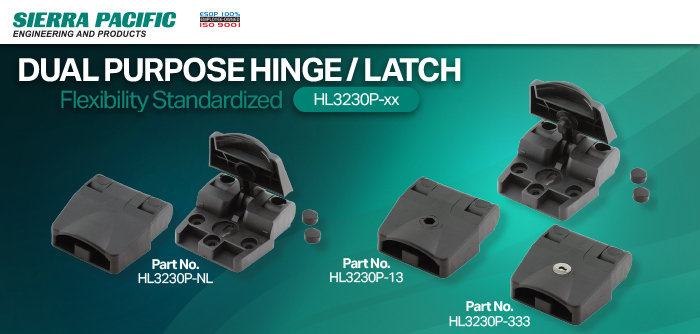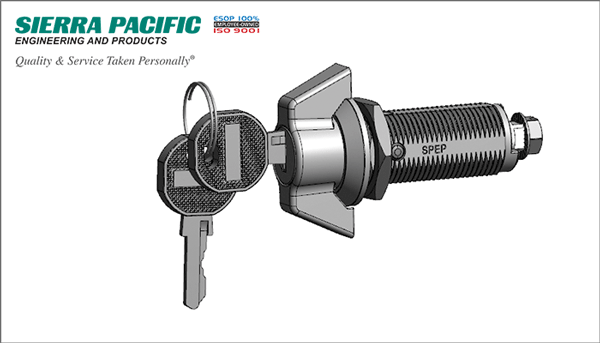SPEP BLOG
LATEST INDUSTRY NEWS, COMMUNITY INVOLVEMENT, AND EDUCATIONAL RESOURCES TO BETTER CONNECT WITH OUR CUSTOMERS.
RECENT POSTS

The Ultimate Access Upgrade
Designing access panels, enclosures, and HVAC systems is all about balance: making things flexible for users while keeping your design simple, reliable, and affordable. Too often, traditional hardware forces you to compromise — settling for a hinge that only opens one...

How to Install a Magnetic Push Latch
Latches are essential components of access hardware. They are designed to temporarily join two or more objects or surfaces while allowing for easy separation. This action provides security for doors, gates, cabinets, or any other enclosure to protect valuable items. ...

Why Stainless Steel is the Best Choice for Marine Hardware
Marine environments are known to be incredibly harsh on materials. The unrelenting conditions boats and marine equipment endure create challenges regarding the deterioration of key components and parts. To withstand these challenges, it is pertinent to use materials...

What Is ISO Certification and Why Is It Important?
Meeting customer requirements begins with building trust. For Original Equipment Manufacturers (OEMs), product designers, and distributors, this means ensuring all products and processes adhere to globally recognized standards for quality. The International...

What Is UL Certification and Why Is It Important?
Many industries, such as healthcare, construction, manufacturing, and transportation, require workers to earn various certifications. These certifications demonstrate the individual’s ability to perform the duties required by their role. What about the equipment they...

What Is a Cam Lock? A Complete Guide to Understanding and Using Cam Locks
Enclosures housing belongings may be secured for safekeeping using a mechanical lock called a cam lock. These key access control locking systems are often favored over other locks and latches because they secure enclosures without affecting the outward appearance....

How to Install a Slam Latch on an RV
At Sierra Pacific Engineering and Products (SPEP), we are dedicated to providing top-tier access hardware solutions for OEMs and industrial clients. Among our vast range of products, the slam latch stands out as one of our most popular components, especially...




